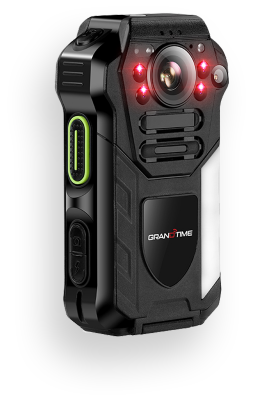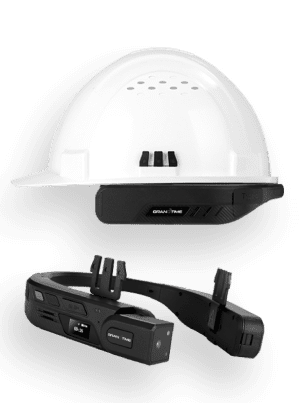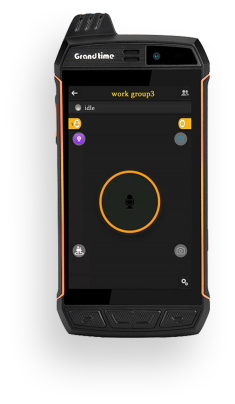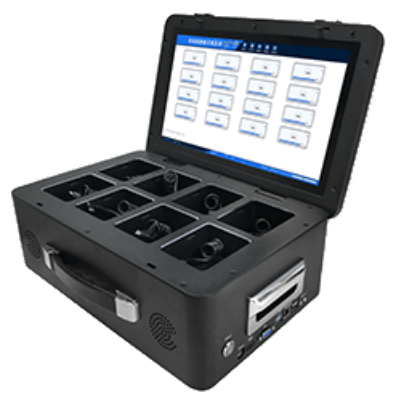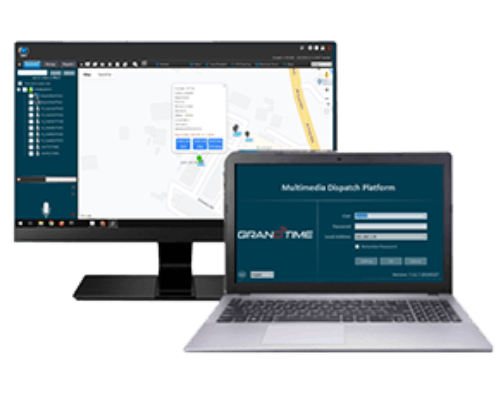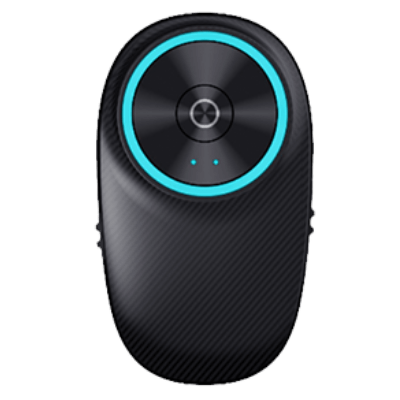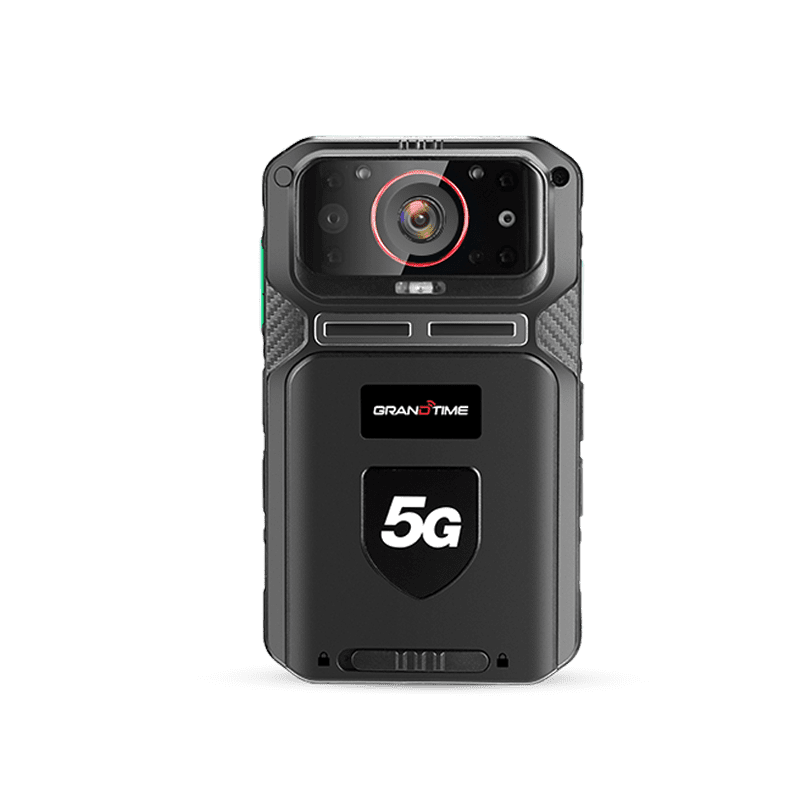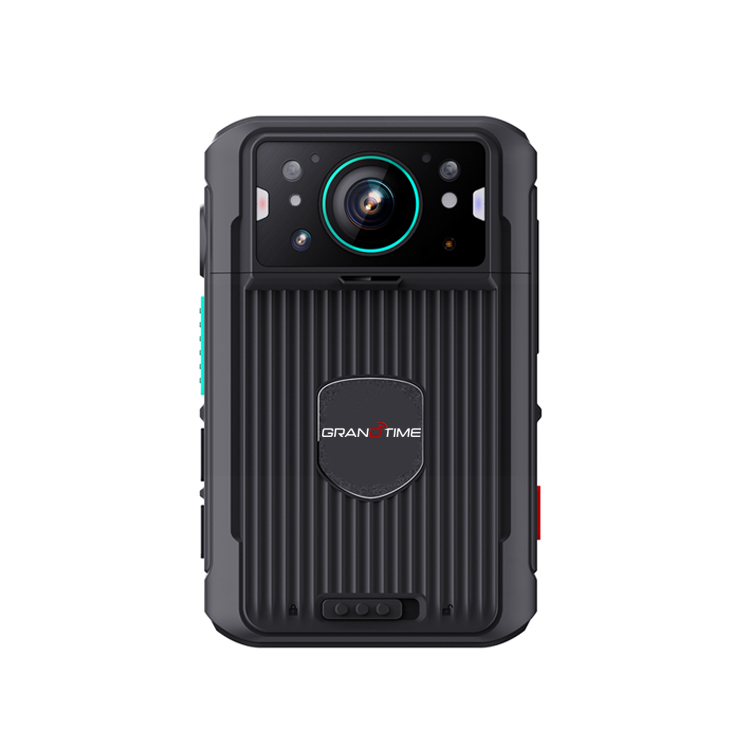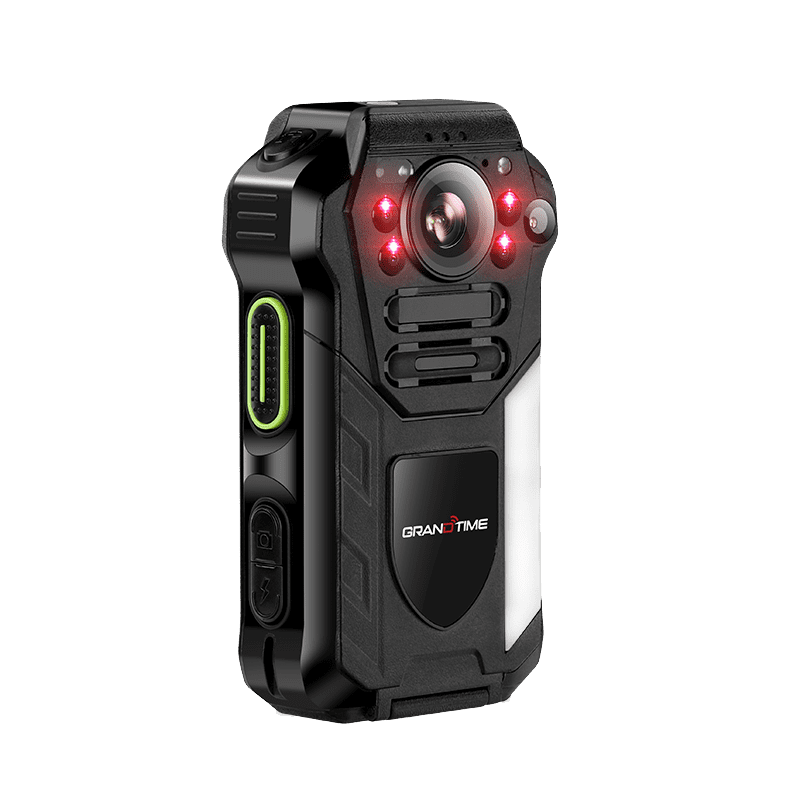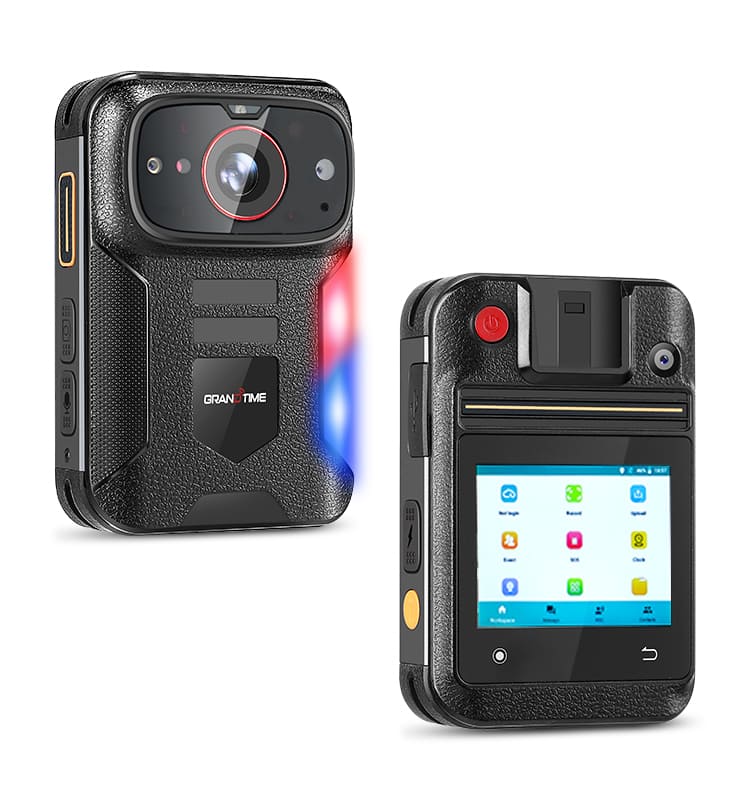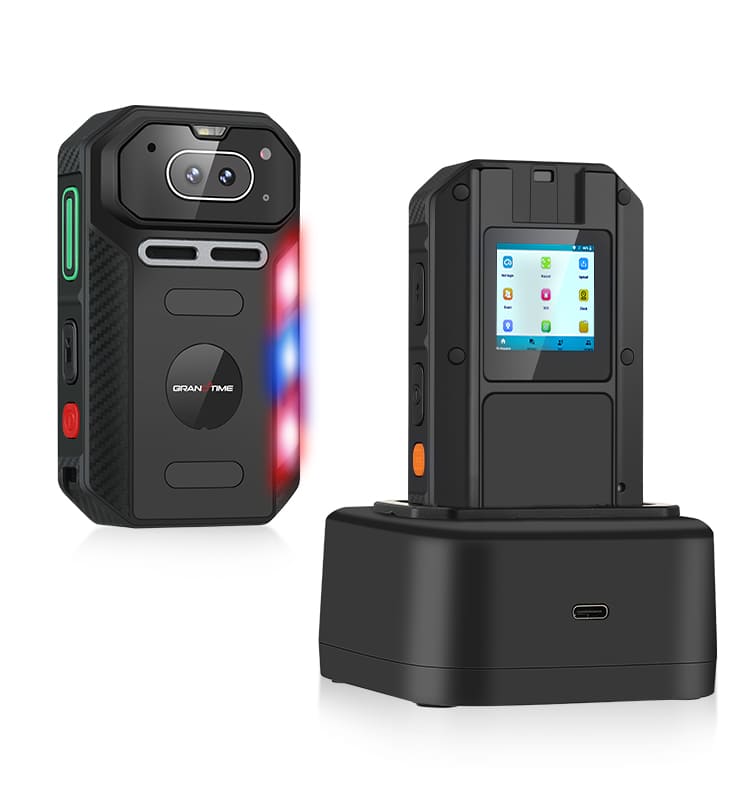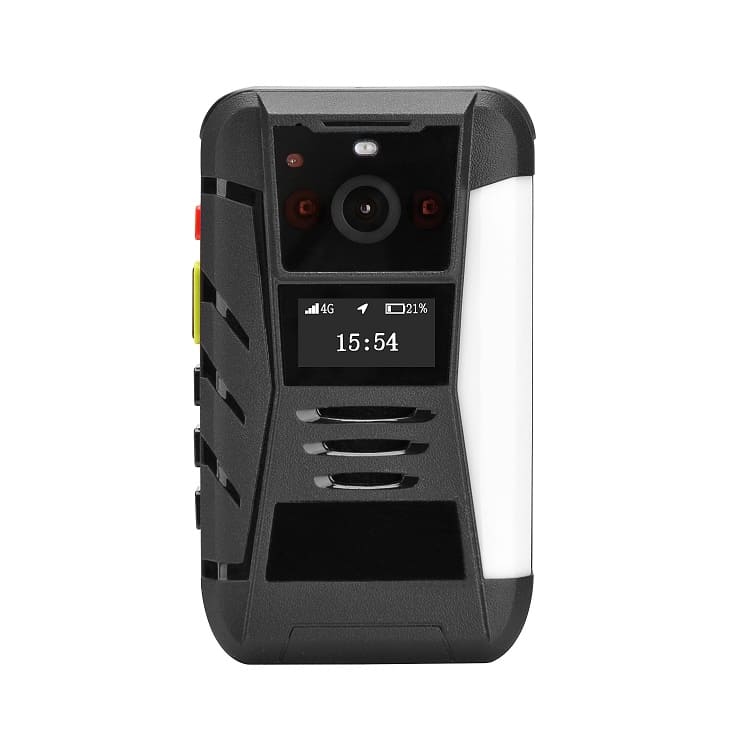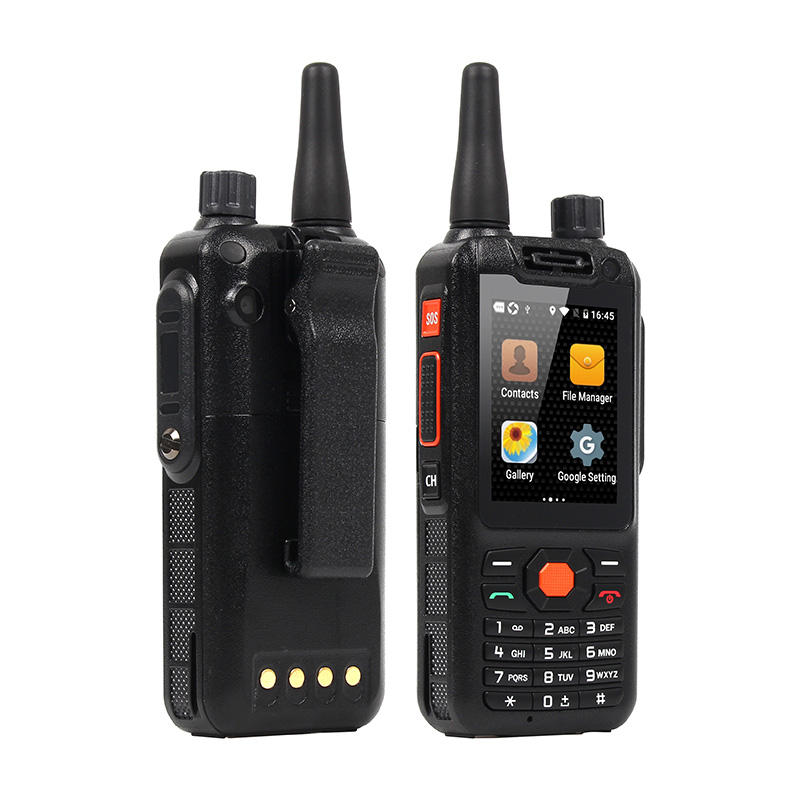With the continuous development of science and technology, smart wearable devices have become an important tool for the digital reform of law enforcement. Smart wearable devices such as smart watches and body cameras combine advanced technologies such as sensing technology, Internet of Things and artificial intelligence to provide full information support and real-time feedback for law enforcement officers. Its application can not only improve work efficiency, but also improve the quality of law enforcement and service level.

First of all, smart wearable devices can improve the ability of law enforcement officers to obtain information. In the traditional law enforcement work, law enforcement personnel need to rely on paper documents, telephone communication and other ways to obtain information, which is low efficiency and easy to make mistakes. By connecting to the Internet and law enforcement databases, smart wearable devices can query relevant information at any time, including suspect information, case information, legal provisions, etc. Law enforcement personnel only need to perform simple operations through smart bodycams and other devices to quickly obtain the required information and improve work efficiency.
Second, smart wearable devices can provide real-time location monitoring and tracking functions. In law enforcement actions, law enforcement officers often need to track and monitor suspects to ensure the smooth progress of law enforcement actions. Smart wearable devices can monitor the location of law enforcement officers in real time through GPS positioning and sensor technology, and transmit the data to the command center. The command center can monitor the location of law enforcement personnel through intelligent terminal equipment, and schedule and command as needed. This real-time location monitoring and tracking capability can improve the safety and efficiency of law enforcement efforts.
Third, smart wearable equipment can provide body photography and voice recording functions. In the traditional law enforcement work, law enforcement officers often need to hold a recorder or a camera to record, which is inconvenient to operate and easy to lose. The built-in camera and microphone of smart wearable devices can achieve body photography and voice recording, and record the law enforcement process completely. This can not only facilitate case investigation and evidence collection, but also improve the self-protection ability of law enforcement officers. At the same time, these records can serve as the basis for communication between law enforcement officers and suspects, improving the fairness and transparency of law enforcement.
Finally, smart wearable devices can provide real-time audio and video communication functions. In law enforcement operations, law enforcement officers often need to communicate and collaborate in real time with command centers and other law enforcement officers. Smart wearable devices can realize voice and text communication between law enforcement personnel through Bluetooth, wireless network and other technologies. Law enforcement officers can use smart body worn cameras and other devices to communicate with the command center in real time or text transmission, quickly obtain instructions and coordinate actions. This real-time communication and collaboration capability can improve the coordination and response speed of law enforcement efforts.
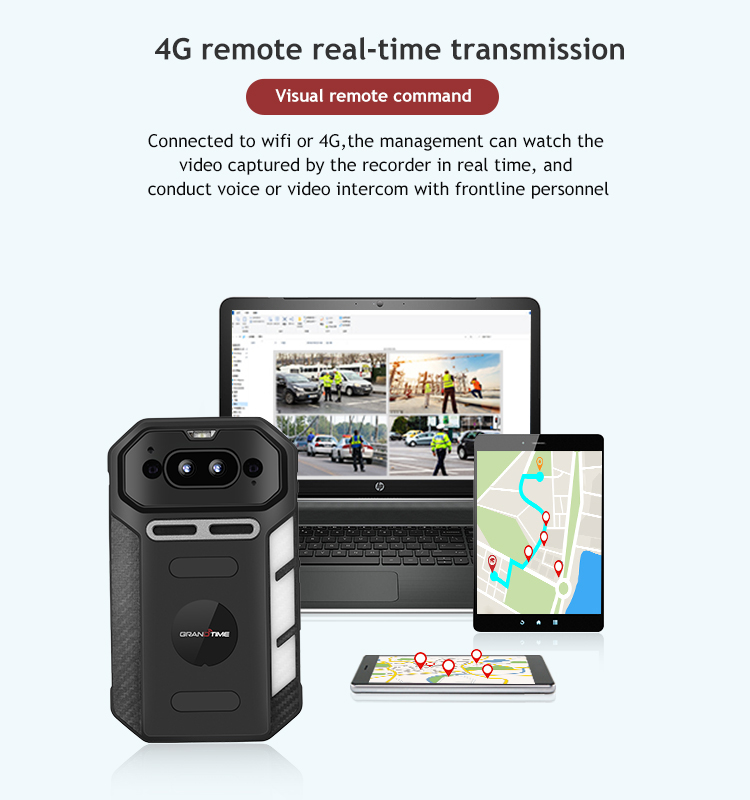
In short, the application of smart wearable devices has brought a huge impetus to the digital reform of law enforcement. By providing functions such as information acquisition, location monitoring, body photography and voice communication, smart wearable devices can improve the work efficiency of law enforcement officers, improve the quality of law enforcement and the level of service. However, digital transformation does not happen overnight, and law enforcement departments still need to face a series of challenges when applying smart wearable devices, such as data security, privacy protection and other issues. Therefore, law enforcement departments should fully consider various factors and formulate reasonable application programs in combination with actual needs to maximize the advantages of smart wearable devices in digital reform.
The application of smart wearable devices is of great significance for law enforcement. It can not only improve work efficiency and service quality, but also enable the digital transformation of law enforcement work. With the continuous advancement of technology, the functions of smart wearable devices will continue to expand and improve, providing more possibilities and opportunities for law enforcement's digital reform. Let's look forward to smart wearable devices playing a greater role in law enforcement work.

